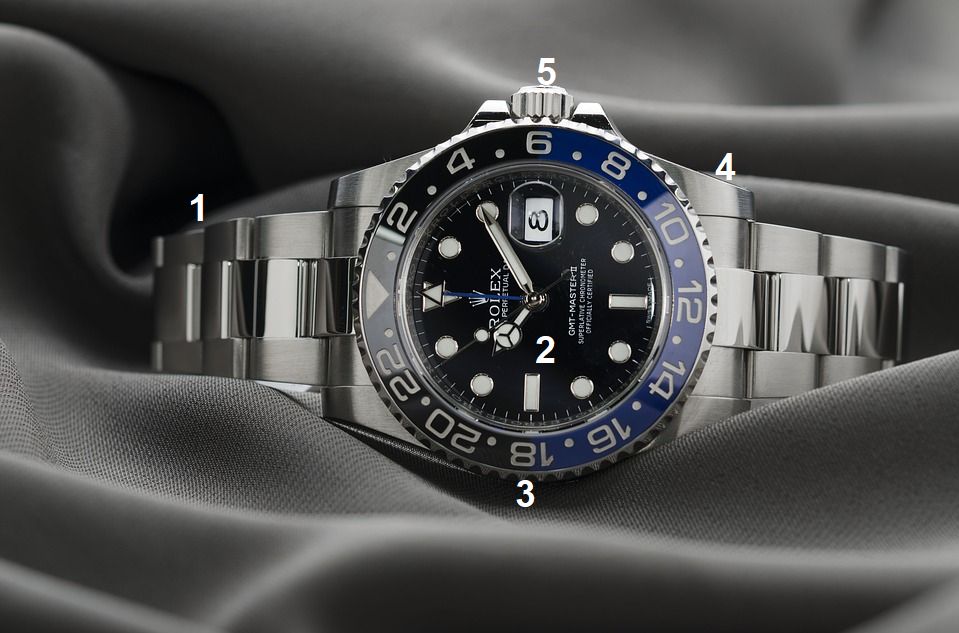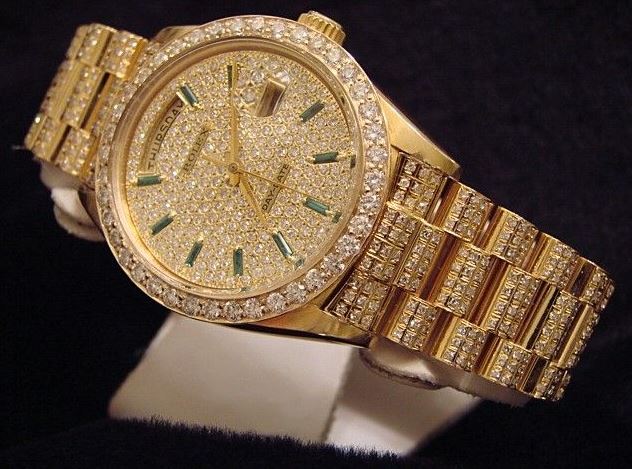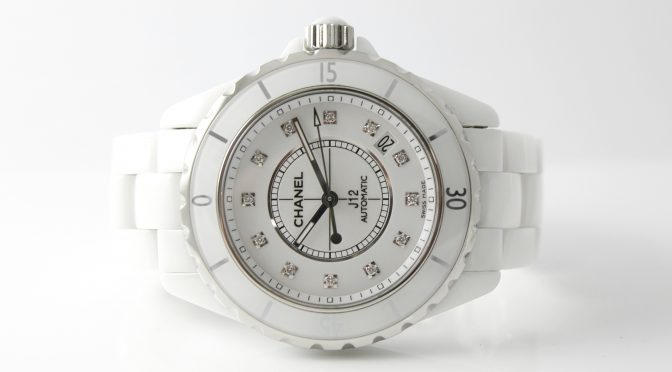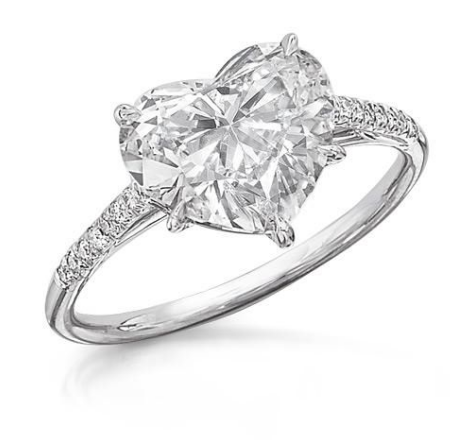All about Gold Loans
Posted on November 23, 2021
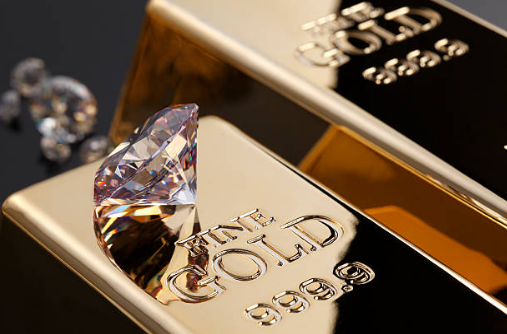
As the economy struggles to return to normal, there is one commodity that continues to rise: gold. Gold is a valuable precious metal and many people don’t realize how much gold they may have that they don’t even wear or use. When you’re in need of quick cash, gold is the easiest of all valuables to pawn or sell.
What is a gold loan?
A gold loan is a loan backed by a gold article as collateral. It can be a set of gold bangles, a gold chain, a gold coin, or even damaged or broken gold jewelry. Collateral lenders, commonly referred to as pawnbrokers or pawn shops, offer gold loans based on the weight and quality/purity of the gold offered. In simpler terms, the gold secures the loan, much like a house secures a mortgage.
Unlike contracts from traditional lending institutions, the interest rate and fees for a gold loan are not dependent on a client’s credit score or their standing with the bank. There are also no restrictions on what the loan proceeds can be spent on. Unlike an auto loan or mortgage that must be used toward the financing of a vehicle or real estate purchase, a gold loan or collateral loan can be used on whatever you need or want to spend the money on.
What is the process of receiving a gold loan?
Unlike other asset-secured loans, gold loans can usually be completed quite quickly. There are only a few factors in determining the amount for the loan: the weight of the gold, the quality/purity of the gold (karat), and the current price of gold trading on the global commodity exchange market. Like stocks on the stock market, the price of gold fluctuates.
Once the pawn lender determines the purity/karat and the weight of the gold item, and calculates the amount she/he can lend, the loan can be issued in a matter of minutes. The lender will pay you cash on the spot and have you sign a contract, taking care to explain the terms of the loan. The gold will then be carefully packaged up and assigned the same number as the loan contract for easy recordkeeping.
At Jewelry-N-Loan all loans are for four-month (120 day) terms, but you can pick up the loan before the due date if you prefer. Depending on when you pick up during the term of the loan, you may pay a lesser amount than is listed on the contract.
What are the different variations of gold?
When people talk about different types of gold, they are usually referring to the karat (quality or purity of the gold) and the color of the gold (yellow, white, or pink/rose). The gold karat (kt) is a measurement of the amount of pure gold in an item by mass.
At the top of the karat scale is 24kt, which is 100% pure gold, or .999 gold fineness in the coin and bullion world. 24kt gold is typically orangey-yellow in color, very malleable, and can be scratched very easily. For these reasons, it is usually not used in jewelry making. One exception is ceremonial or presentation jewelry popular in many cultures around the world. This type of jewelry is worn or given as a gift on special occasions. In order to make gold more suitable for everyday wear and/or to improve the price point of the finished product, pure gold is usually mixed (alloyed) with other, less expensive and stronger metals.
The gold content of the resulting alloy is expressed in the karat system as 10kt (41.6%), 14kt (58.3%), 18kt (75.0%), and 22kt (91.6%). At different times in history and in different parts of the world, higher or lower karat gold has been preferred. The higher the karat, the more gold value is in the piece. For many items of jewelry the karat or percentage gold is engraved or marked on the piece with a stamp. Other times the gold must be tested electronically, with acid, or with an x-ray device to determine the purity.
A variety of different metals may be added to gold during the alloying process to change the properties of the resulting metal. Some metals will result in a more springy or tougher alloy and many change the color, allowing jewelers to create their merchandise in shades of yellow, white, and rose/pink. The most common alloys added to gold are silver, nickel, copper, palladium, and zinc. Gold manufacturers use countless proprietary recipes to create metals with the properties they desire and which they think are most marketable to their customers.
What types of gold items can be used for a gold loan?
At Jewelry-N-Loan the three most common gold items that we loan against are gold coins, jewelry, and even broken or bent jewelry. Broken or bent jewelry, or jewelry that has been very heavily worn, is typically valued based on the amount of gold in the material. Even jewelry that is no longer wearable has value because of the gold it is made of.
However, gold coins are sometimes worth more because of numismatic value; meaning, they are rare or desirable beyond the value of their precious metals. Good quality diamonds and gemstones can also add value to a loan. Some jewelry is of particularly high value because it is created by a famous maker such as Tiffany & Co., Cartier, or Van Cleef & Arpels. And, as fashion trends come and go, certain styles of jewelry can be more sought after than others and warrant a higher loan amount.
Why do people receive gold loans?
There are as many reasons for getting a gold loan as there are gold loans being made! Some borrowers need extra cash for a vacation or a special occasion, others are small business owners that just need a bridge for a short period. Because there is no credit check needed, no employment requirement, and the loan is non-recourse (does not require repayment), gold loans are a very attractive option in a pinch.
The process of getting a gold loan and the calculation behind the loan amount are quick and easy to understand. Even if you have never had a gold loan before, the steps are not hard to follow and the paperwork is minimal. For credit-challenged borrowers or those who do not have bank accounts, the option of a gold loan is attractive and offers independence from banks and conventional lenders. Many people find pawning gold to be a convenient and less invasive alternative to a credit card, line of credit, or bank loan. Rest assured, though, that the business practices of licensed collateral gold lenders and pawnbrokers are highly regulated on federal, state, and city levels, just like those of traditional financial institutions.
Where can you get a gold loan?
Here at Jewelry-N-Loan, we accept all kinds of jewelry for pawn loans or purchases. Come find out what your gold is worth and get an honest valuation in a private, confidential, and secure setting. We also have a large selection of fine jewelry and watches available for purchase at prices significantly below wholesale in our showcase. Call us today at (949) 645-0488 to find out more or submit an inquiry online.

